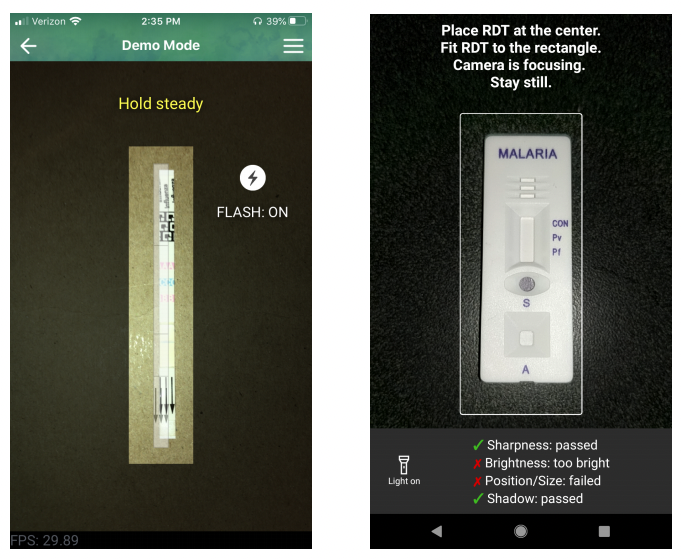@article{10.1145/3448106,
author = {Park, Chunjong and Ngo, Hung and Lavitt, Libby Rose and Karuri, Vincent and Bhatt, Shiven and Lubell-Doughtie, Peter and Shankar, Anuraj H. and Ndwiga, Leonard and Osoti, Victor and Wambua, Juliana K. and Bejon, Philip and Ochola-Oyier, Lynette Isabella and Chilver, Monique and Stocks, Nigel and Lyon, Victoria and Lutz, Barry R. and Thompson, Matthew and Mariakakis, Alex and Patel, Shwetak},
title = {The Design and Evaluation of a Mobile System for Rapid Diagnostic Test Interpretation},
year = {2021},
issue_date = {March 2021},
publisher = {Association for Computing Machinery},
address = {New York, NY, USA},
volume = {5},
number = {1},
url = {https://doi.org/10.1145/3448106},
doi = {10.1145/3448106},
journal = {Proc. ACM Interact. Mob. Wearable Ubiquitous Technol.},
month = mar,
articleno = {29},
numpages = {26}}

